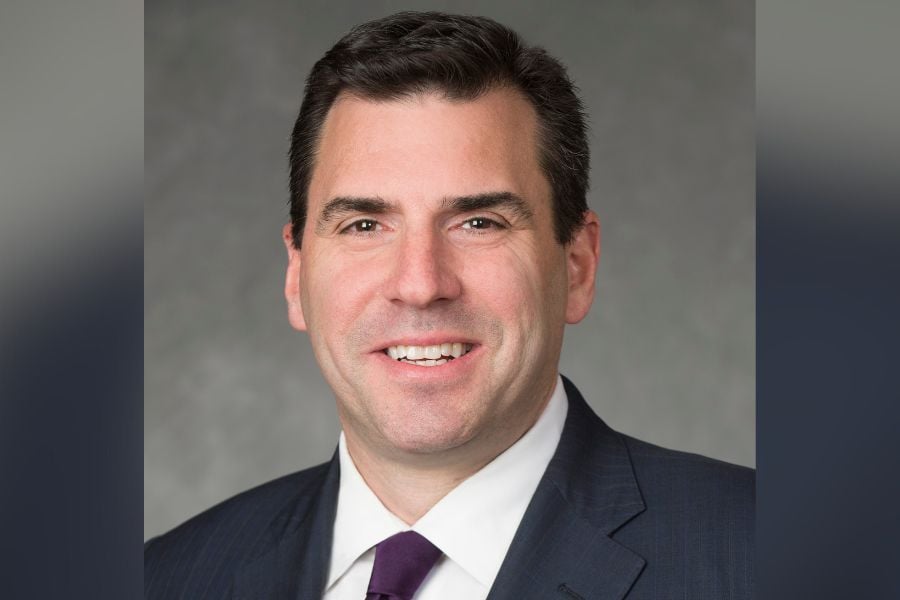

Morgan Stanley co-president Andy Saperstein has been diagnosed with cancer and plans to keep working as he begins to receive treatment.
“I’m young and in otherwise good health,” Saperstein, 56, said in a memo to employees Tuesday. “That gives me great confidence as I begin the process of starting treatment so I can recover from this illness and put it all behind me. While my travel may be limited during the period of my treatment, I plan to continue working to make sure Morgan Stanley remains on our great path forward.”
Saperstein was one of three candidates to take over for outgoing Chief Executive James Gorman, a job that ultimately went to Ted Pick last month. In a rare move for Wall Street, the two men who missed out on the top job agreed to stay on, with Dan Simkowitz replacing Pick as co-president leading the investment-banking and trading division and Saperstein gaining oversight of the firm’s asset management business in addition to his role leading wealth management.
Those two divisions have grown significantly over the past decade and produced roughly 57% of the firm’s revenue in the first nine months of this year. They manage a total of $6.2 trillion in client assets. On Monday, New York-based Morgan Stanley named Jed Finn head of the company’s $4.8 trillion wealth management business, giving him oversight of the biggest revenue generator at the firm.
Saperstein, who was charged with expanding the firm’s wealth management juggernaut, has worked under Gorman at three firms across three decades, starting at consulting giant McKinsey & Co. before joining him at Merrill Lynch and then Morgan Stanley, where they overhauled the white-shoe investment bank.

By listening for what truly matters and where clients want to make a difference, advisors can avoid politics and help build more personal strategies.

JPMorgan and RBC have also welcomed ex-UBS advisors in Texas, while Steward Partners and SpirePoint make new additions in the Sun Belt.

Counsel representing Lisa Cook argued the president's pattern of publicly blasting the Fed calls the foundation for her firing into question.

The two firms violated the Advisers Act and Reg BI by making misleading statements and failing to disclose conflicts to retail and retirement plan investors, according to the regulator.

Elsewhere, two breakaway teams from Morgan Stanley and Merrill unite to form a $2 billion RIA, while a Texas-based independent merges with a Bay Area advisory practice.
Orion's Tom Wilson on delivering coordinated, high-touch service in a world where returns alone no longer set you apart.
Barely a decade old, registered index-linked annuities have quickly surged in popularity, thanks to their unique blend of protection and growth potential—an appealing option for investors looking to chart a steadier course through today's choppy market waters, says Myles Lambert, Brighthouse Financial.
